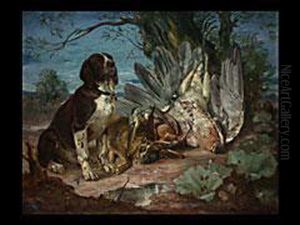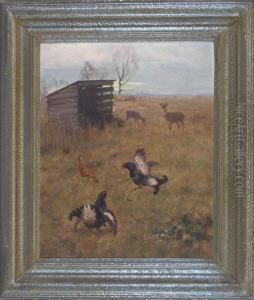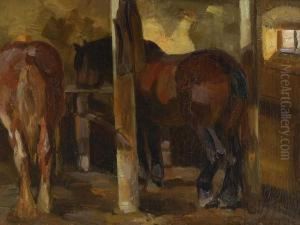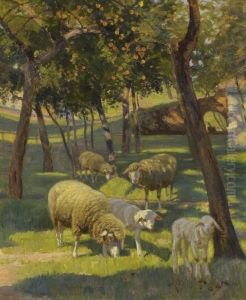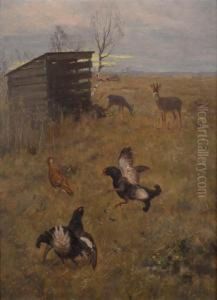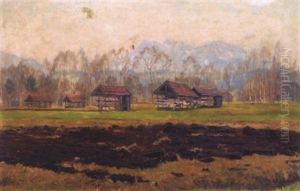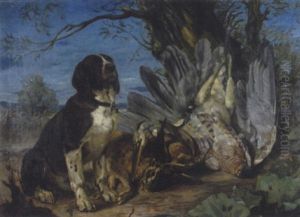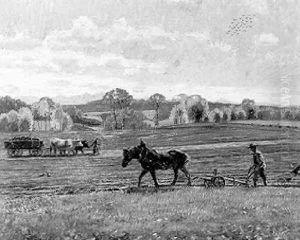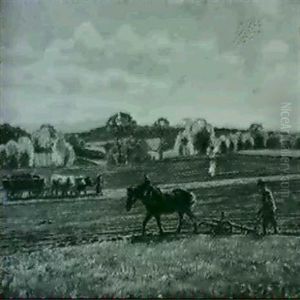Johann Georg Schlech Paintings
Johann Georg Schlech was an 18th-century German painter, known for his work during the Baroque period. He was born in 1719 in the Electorate of Bavaria, which was part of the Holy Roman Empire at that time. Not much is widely known about his early life or artistic training, but it is evident from his body of work that he was well-versed in the Baroque artistic traditions that dominated European art at the time.
Schlech's work is often characterized by its dramatic intensity, use of light and shadow, and strong emotional content, all hallmarks of the Baroque style. Like many artists of his period, Schlech would have been influenced by the works of prominent painters such as Peter Paul Rubens, Rembrandt, and Caravaggio, who defined the Baroque movement with their dynamic compositions and chiaroscuro techniques.
Throughout his career, Schlech worked on several religious commissions, as the Catholic Church was a primary patron for artists during this period. His paintings often featured biblical scenes and figures, executed with a keen attention to detail and a vivid sense of life. He also may have produced portraits and landscapes, which were popular genres among the wealthy clientele of his era.
Johann Georg Schlech passed away in 1808. Although not as widely recognized today as some of his contemporaries, Schlech's contributions to the Baroque era remain significant for their adherence to and interpretation of the stylistic elements of the time. His works are likely preserved in regional museums or churches in Germany, but specific details about his most famous pieces or their current locations may not be well-documented in the broader scope of art history.
